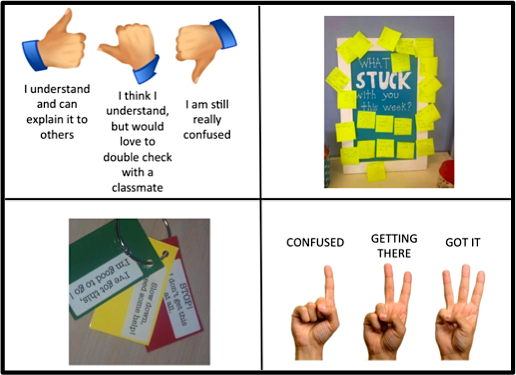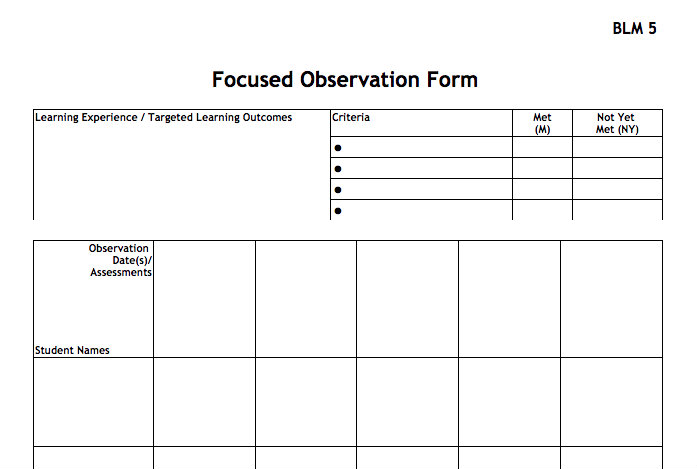Give Kids Focused, Fast and Effective Feedback
A MiddleWeb Blog
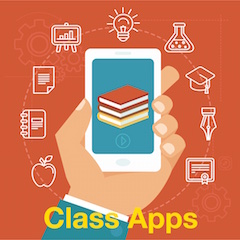 I have four sons, all of whom play soccer. Generally speaking, they all love their sport and practice/work hard at it.
I have four sons, all of whom play soccer. Generally speaking, they all love their sport and practice/work hard at it.
A few years ago, however, one of my younger sons developed a terrible habit in his first year of play. Not just a bad habit, but the most serious of all soccer sins: he insisted on kicking the ball with his toe.
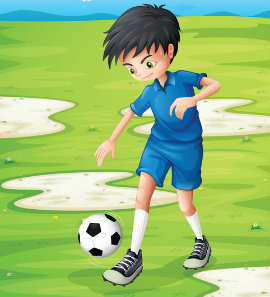
When I tried to work with my son to break the habit, he was very resistant. Below are few tidbits from our conversations:
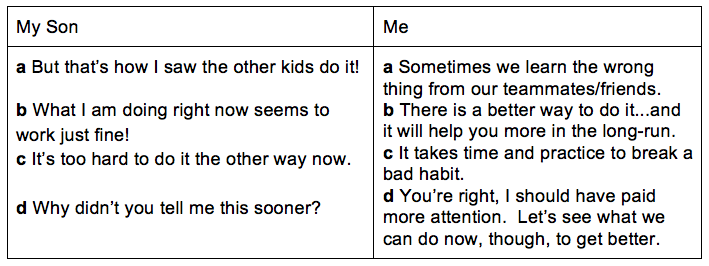
Feedback Fundamentals
The use of feedback has been widely researched and has consistently proven to be one of the most effective ways to improve and deepen student learning (Skidmore, & Murakami, 2016). Feedback can be defined as any information that can be used to help learners move closer to a desired level of knowledge, skill and/or understanding (Scott, 2014).
General, guiding principles for effective feedback include the following:
- Feedback should be focused on the task, not the learner
- Feedback should be delivered in a way that fosters students’ desire to improve
- Feedback should provide clear guidance and/or correction on specific knowledge/skills/processes
- Teachers should present feedback in manageable units to avoid overwhelming the learner
- Feedback should be timely, delivered to students as soon as possible after they complete a task (leading to more self-regulation)
- Feedback should be objective and based on criterion/expectations that students understand and are familiar with
- Students should be able to self-assess and provide feedback to the teacher
 Technology Tools that Facilitate Feedback
Technology Tools that Facilitate Feedback
- Gamified quizzing tools such as Kahoot, Quizlet, Socratic, and Quizizz allow teachers to give students immediate feedback on their answers and to view/export students results in spreadsheet form.
- Padlet allows students to upload work and receive feedback from teachers (or students) in the form of written comments or short audio/video messages. Teachers also have the option to moderate students’ postings, comments, and replies to their classmates.
- Google Forms is a slick tool for quickly creating assessments with the ability to immediately view, sort, analyze and visualize the information collected. It also has additional features and tools such as third party add-ons, the ability to insert images and videos, and provides options for automatic grading/immediate feedback to students. It can also be a powerful way to collect feedback from students in the form of surveys or exit tickets.
- Typeform allows for the creation of surveys, assessments, and feedback forms similar to those of Google Forms, but with many more aesthetically pleasing options like the ability to insert images as answer choices and embed photos, videos, and icons within a question.
- For those who like to work in Microsoft Word, there is a review feature that allows teachers/peers to comment on their own and others’ work. Comments appear in the right-hand column, and when the reader clicks on the comments, the related text is highlighted in the document on the left.
- FlipGrid allows teachers to gather feedback and engage in dialogue with their students by posing questions and brief video prompts for students to reply to. Students then record their own video response and can receive feedback from teacher and/or peers depending on moderation settings controlled by the teacher. (Discontinued by Microsoft. See these 2024 alternatives to Flip/FlipGrid.)
Simple, No-Tech Ways to Provide and Gather Feedback
Providing and collecting feedback doesn’t have to include technology. There are dozens of ways for teachers to gather and share information about their students current level of knowledge and/performance.
The first step is for educators to avoid the temptation to sit at our desks and ‘catch-up’ on few things while our students work. What better opportunity is there to observe and gain insight to better guide their learning? Here are a few to try out.
- I love Todd Finley’s suggestion to methodically observe and record each student’s performance during work time using simple forms such as this one.
- When it comes to dipsticking, or quick checks, I think every class should have a set of dry-erase boards and markers for students to engage in quick quizzing/practice sessions. My students enjoy taking a break from pencil and paper, not to mention that I can more easily identify common misconceptions/errors when my students are writing bigger and darker than they usually do.
- Students should be asked to engage in reflective questioning and/or writing during/after learning tasks such as…
- The most important part of what we are working on seems to be…
- What parts of this task/concept do I feel I have the strongest grasp of? What evidence do I have of this?
- What am I still unsure of/struggling with?
- One thing I really need clarified is…
- What can I do to get ‘unstuck’?
- How does my work so far measure up to the criteria presented in class?
- What question(s) do I have about the concepts/skills we are working on today?
- Reflection should be followed up with revision, or another attempt at a task following input from peers and/or the teacher
- Another recommendation would be to use/modify the forms used by other educators such the ‘Stars and Steps’ approach or ‘Assessment Dialogue’ form, both shared by Jan Chappuis.
- Exit tickets, or quick closure activities that can used regularly to assess student understanding and adjust instruction in the day(s) that follow.
When it comes to feedback, our approach can be formal or informal…low-tech or high-tech. The important thing is that we spend as much time as possible observing, working with, and giving feedback to our students.
Out of everything that we do in an effort to improve student learning, one of our most important roles is to fill our classrooms with timely, effective, and focused feedback.
References
Scott, S. V. (2014). Practising what we preach: towards a student-centred definition of feedback. Teaching in Higher Education, 19(1), 49-57.
Skidmore, D., & Murakami, K. (Eds.). (2016). Dialogic pedagogy: the importance of dialogue in teaching and learning. Multilingual Matters.
Takeuchi, L. M., & Vaala, S. (2014). Level up Learning: A National Survey on Teaching with Digital Games. Joan Ganz Cooney Center.

